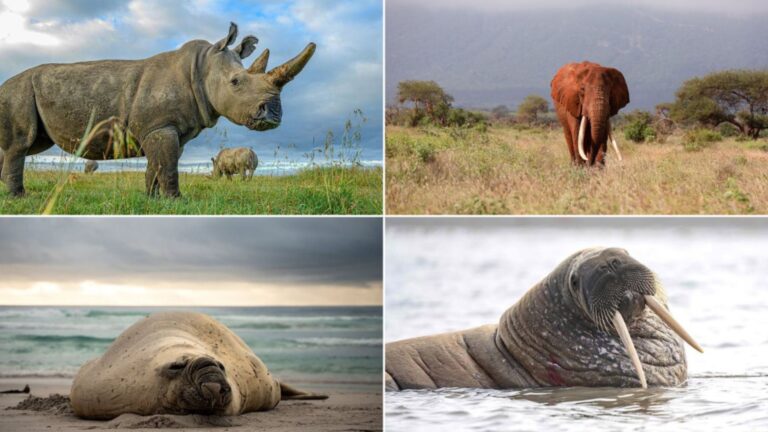12 Myths And Facts That Make Sharks Seem Scary

Picture this: a creature so misunderstood that even its name sends shivers down spines. Sharks, the ocean’s most notorious inhabitants, are often cast as the villains of the sea.
But how much of their fearsome reputation is fact, and how much is fiction? Let’s dive into myths and facts that have shaped the way we view these fascinating creatures.
1. Sharks Get A Bad Rap
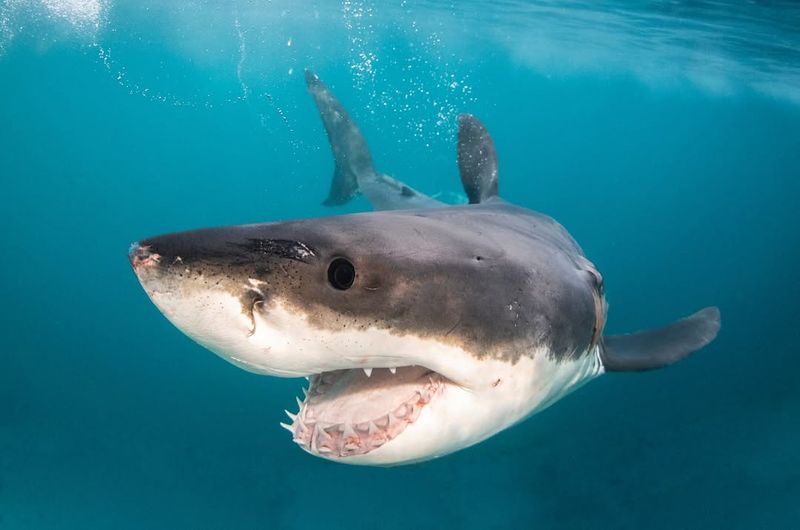
Sharks might just be the most misunderstood creatures in the ocean.
With over 500 species out there, only a small handful ever come into contact with humans – and most are focused on their usual menu of fish and crustaceans.
That fearsome reputation? Mostly myth. So the next time you’re at the beach, relax- sharks aren’t out to get you.
2. All Sharks Are Gigantic
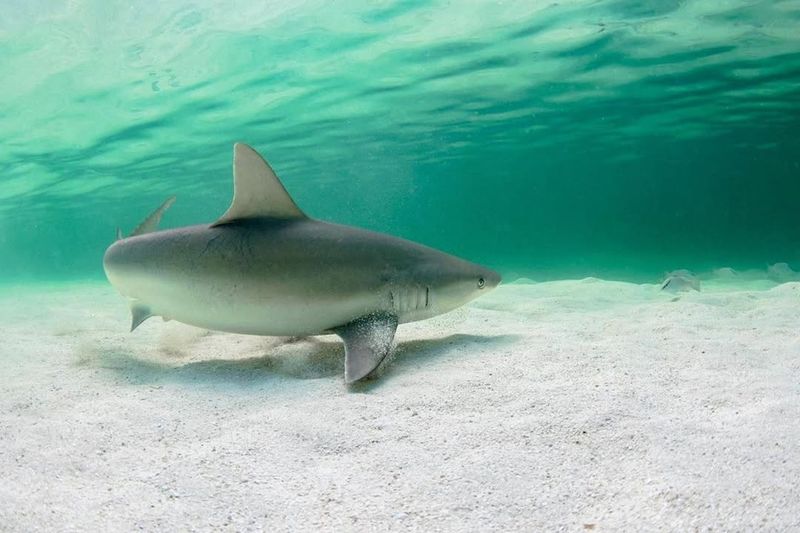
Think all sharks are massive sea monsters? Think again!
The ocean is home to some pint-sized sharks like the dwarf lantern shark, which can fit in your hand. These little guys are more interested in avoiding predators than starring in horror films.
Size doesn’t always matter, especially when it comes to these ocean dwellers.
3. Sharks Can Smell A Drop Of Blood Miles Away
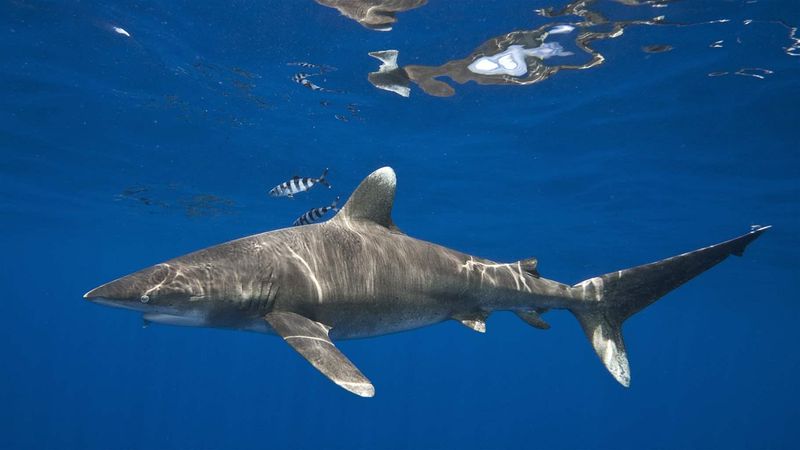
The myth about sharks having super-noses that sniff out blood from miles away is a fish tale. While sharks do have an acute sense of smell, they need to be much closer to get a whiff of potential prey.
So, unless you’re bleeding profusely in the same neighborhood, you’re not likely to become a shark’s next snack.
4. Sharks Are Always Hungry
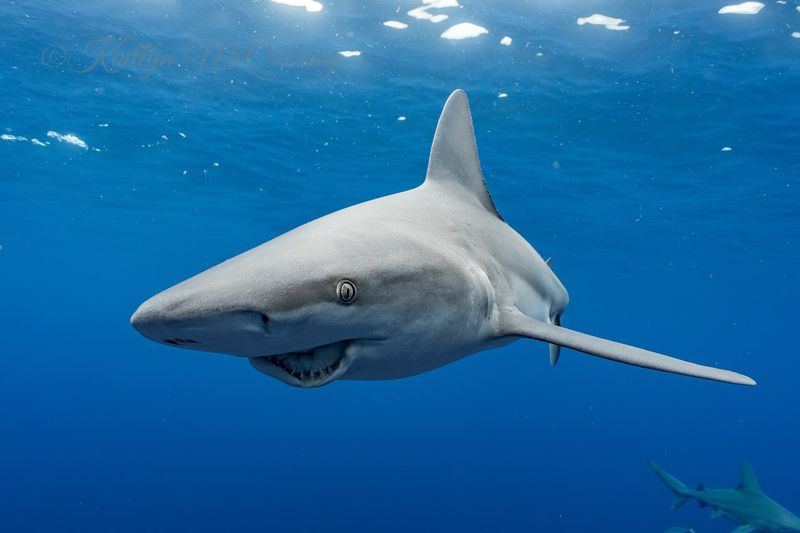
Contrary to popular belief, sharks aren’t ravenous all the time. They’re more like the pickiest eaters in the sea.
Most sharks hunt when hungry, which isn’t as often as you might think. Between meals, they often just cruise around or nap. It seems even ocean predators enjoy a quiet day off.
5. All Sharks Are Dangerous To Humans
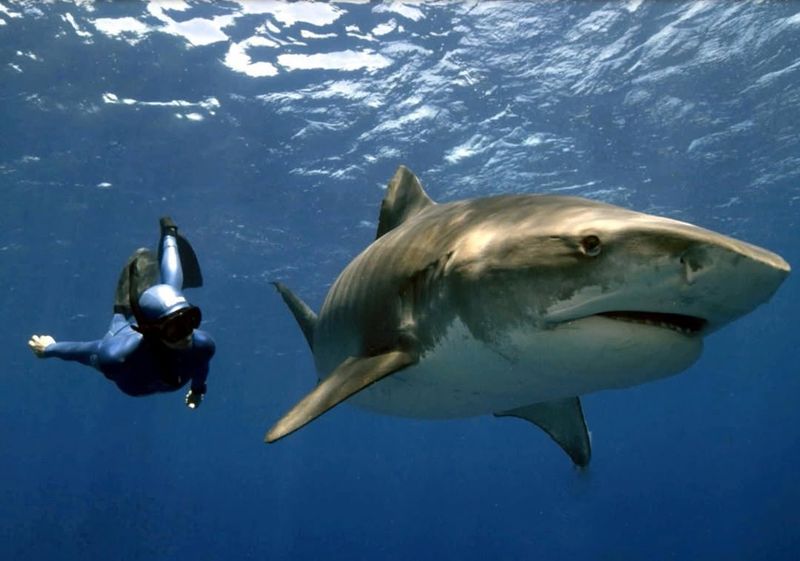
If you think every shark is a threat, think again!
Many sharks, like the nurse shark, are gentle and pose no danger to humans. These docile creatures are more likely to ignore you than bite.
Sharks have much more to fear from humans than the other way around!
6. Sharks Are Loners
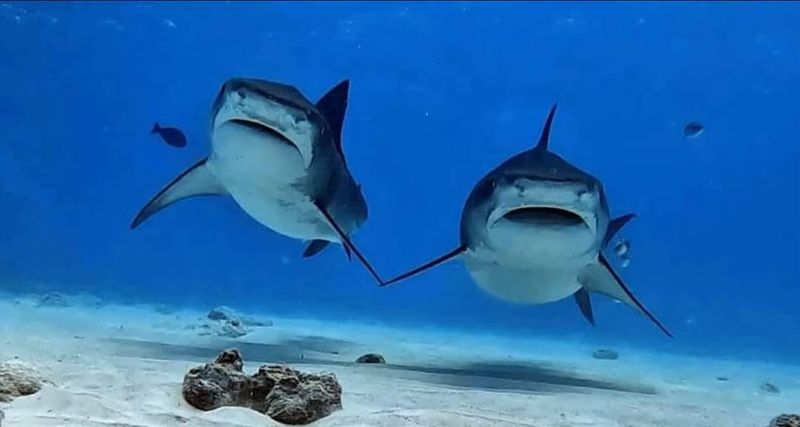
Ever thought sharks are the lone wolves of the sea? Some species, like hammerhead sharks, are actually social butterflies, often found in schools.
These gatherings can be for mating, hunting, or just hanging out. It turns out, even sharks enjoy a little company now and then.
7. Sharks Don’t Get Cancer
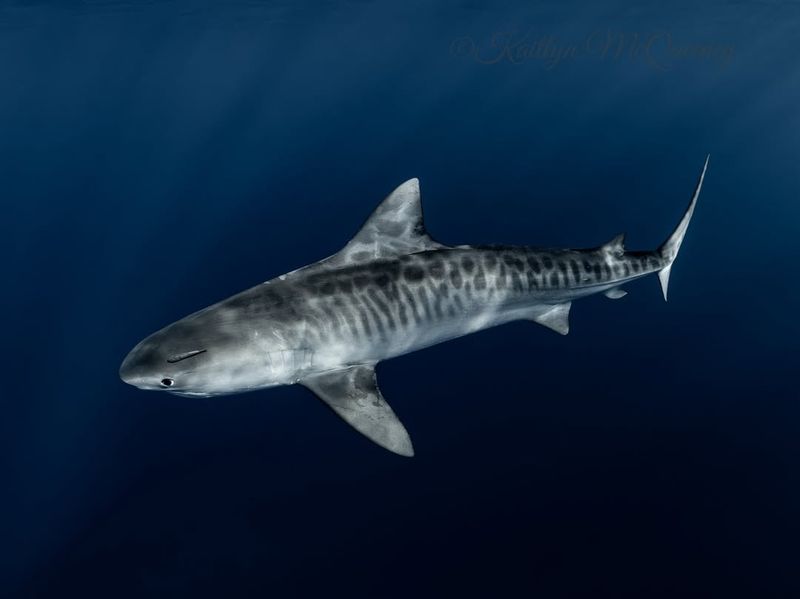
The myth that sharks are immune to cancer is just that – a myth. Sharks do get cancer, and researchers study them to understand cancer resilience better.
This misconception likely arose from their incredible healing abilities rather than complete invincibility. So, sharks aren’t superheroes, just fascinating subjects for scientific study.
8. Sharks Are Aggressive To Humans By Nature
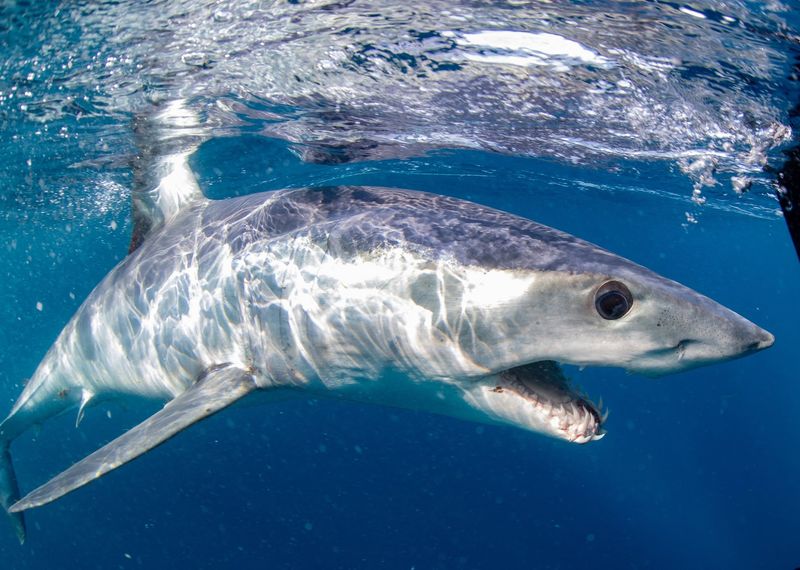
Aggressive? Hardly! Most sharks are actually shy and prefer to avoid humans.
When attacks happen, it’s usually a case of mistaken identity. Sharks may take a curious nibble, but they’re not out to hunt humans.
9. Sharks Only Live In The Ocean
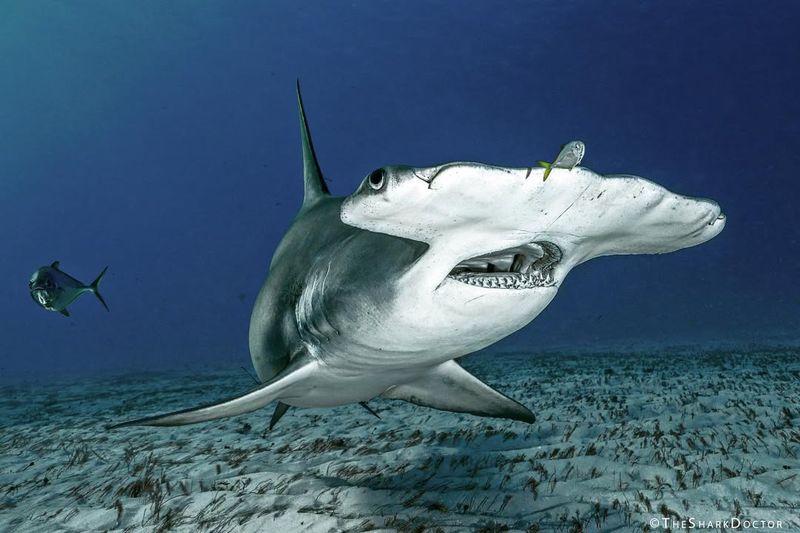
Surprised to learn some sharks enjoy a change of scenery? Bull sharks can swim in both salt and freshwater, often venturing far up rivers.
Adaptable and adventurous, these sharks prove that the ocean isn’t the only place they call home. Who knew sharks could be such world travelers?
10. Sharks Are Only Found In Tropical Waters
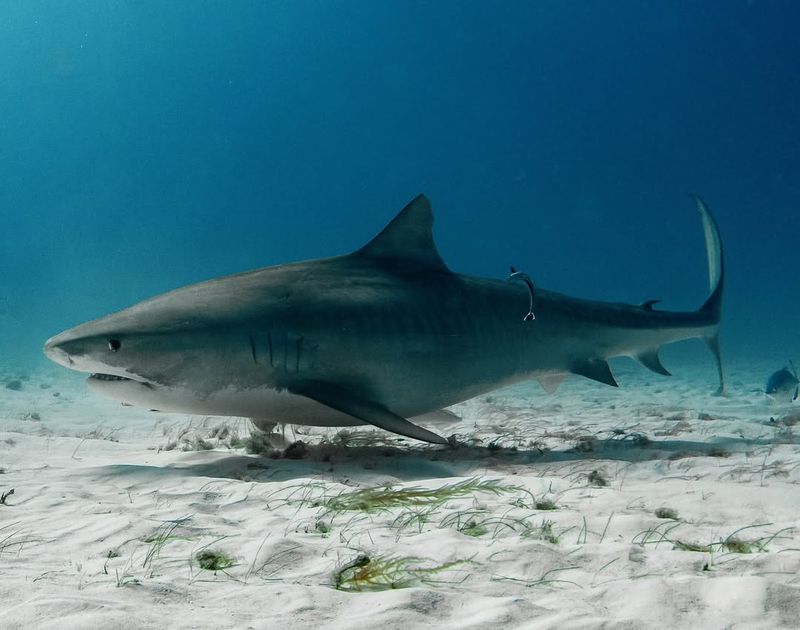
Tropical beaches aren’t the only vacation spots for sharks. Some, like the Greenland shark, thrive in arctic waters.
These cold-water sharks move slowly and live long, mysterious lives in the deep. It’s a chilly reminder that sharks inhabit a variety of marine environments beyond warm seas.
11. Sharks Are Just Eating Machines
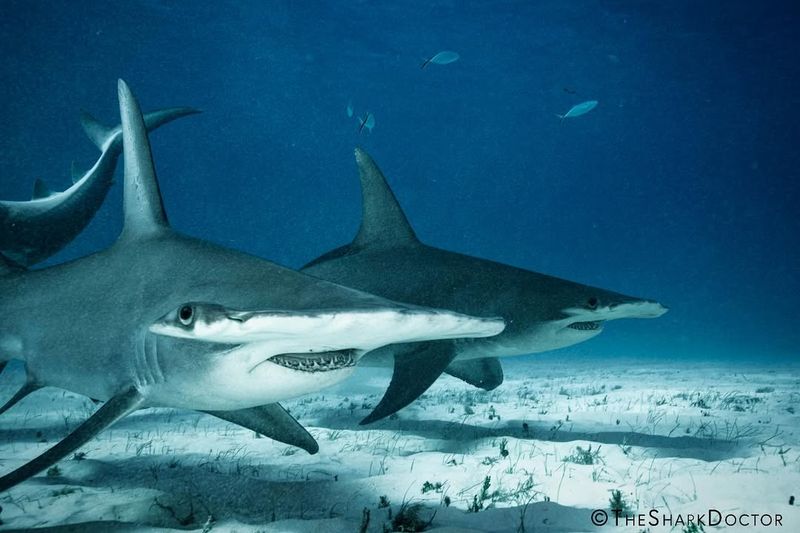
Labeling sharks as mere eating machines is a disservice to their ecological role. As apex predators, they help maintain marine biodiversity.
By controlling fish populations, sharks ensure healthier ocean ecosystems. So, while their appetite is notable, their contribution to ocean health is even more impressive.
12. All Sharks Have The Same Teeth
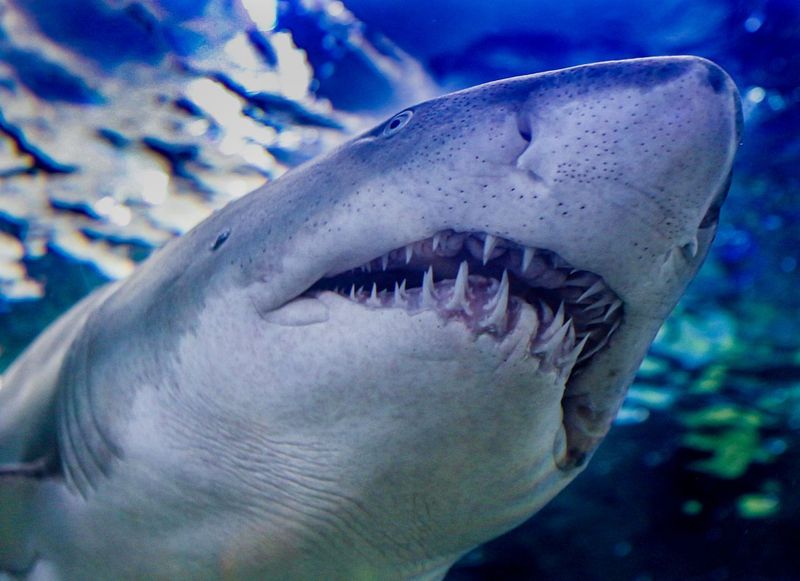
Imagine a shark dentist’s office with a variety of dental plans! Shark teeth are as diverse as the species themselves.
Some have triangular teeth for shearing, while others sport needle-like teeth for gripping slippery prey. The diversity in their dental arsenal highlights their adaptation to different diets and lifestyles.


